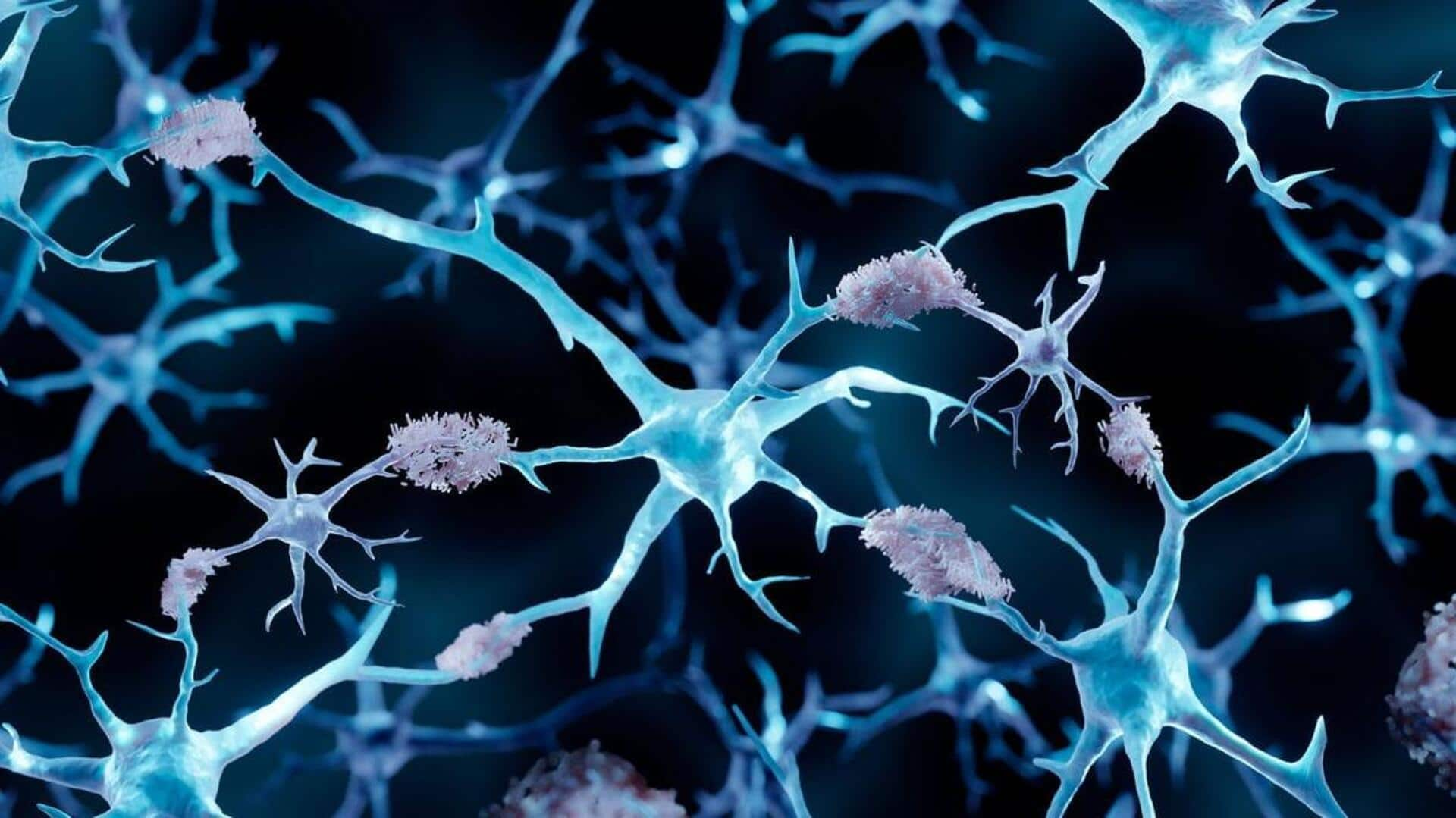
MIT's AI-driven brain mapping platform ignites hope for Alzheimer's treatment
What's the story
Scientists at the Massachusetts Institute of Technology (MIT) have developed an innovative platform known as Neuron Tracing and Active Learning Environment (NeuroTrALE). This groundbreaking tool aims to enhance our understanding of Alzheimer's disease, a neurodegenerative disorder that affects approximately one-eighth of the global population. "High-resolution, networked brain atlases can help improve our understanding of disorders by pinpointing differences between healthy and diseased brains," said MIT's Lars Gjesteby, emphasizing the significance of this development in neuroscience research.
Technological advancement
NeuroTrALE: A leap forward in brain mapping
NeuroTrALE is a software pipeline that integrates machine learning (ML) and supercomputing to simplify and expedite brain mapping. It automates much of the data processing and presents results in an interactive interface. This allows researchers to edit, mark, search, and filter specific patterns within the data. The platform's unique feature is its use of active learning, a machine learning technique that enables users to manually correct errors and train the algorithm for future similar data encounters.
Efficiency boost
It significantly reduces data processing time
NeuroTrALE's axon tracing algorithms use parallel computing to distribute computations across multiple GPUs simultaneously, resulting in faster and scalable processing. The team demonstrated that the platform could reduce the computing time needed to process 32GB of data by 90% compared to traditional AI methods. Interestingly, an increase in data volume does not necessarily lead to a proportional increase in processing time. This efficiency is a significant advantage for researchers dealing with large brain imaging datasets.
Broader implications
Potential applications extend beyond Alzheimer's research
While NeuroTrALE was initially designed to assist in Alzheimer's research, its potential applications extend far beyond this. The platform could be used to study other neurological disorders and contribute to the development of treatments. Additionally, it may also find use in fields outside neuroscience, such as materials science or geology, where researchers need to analyze large datasets of 3D images.